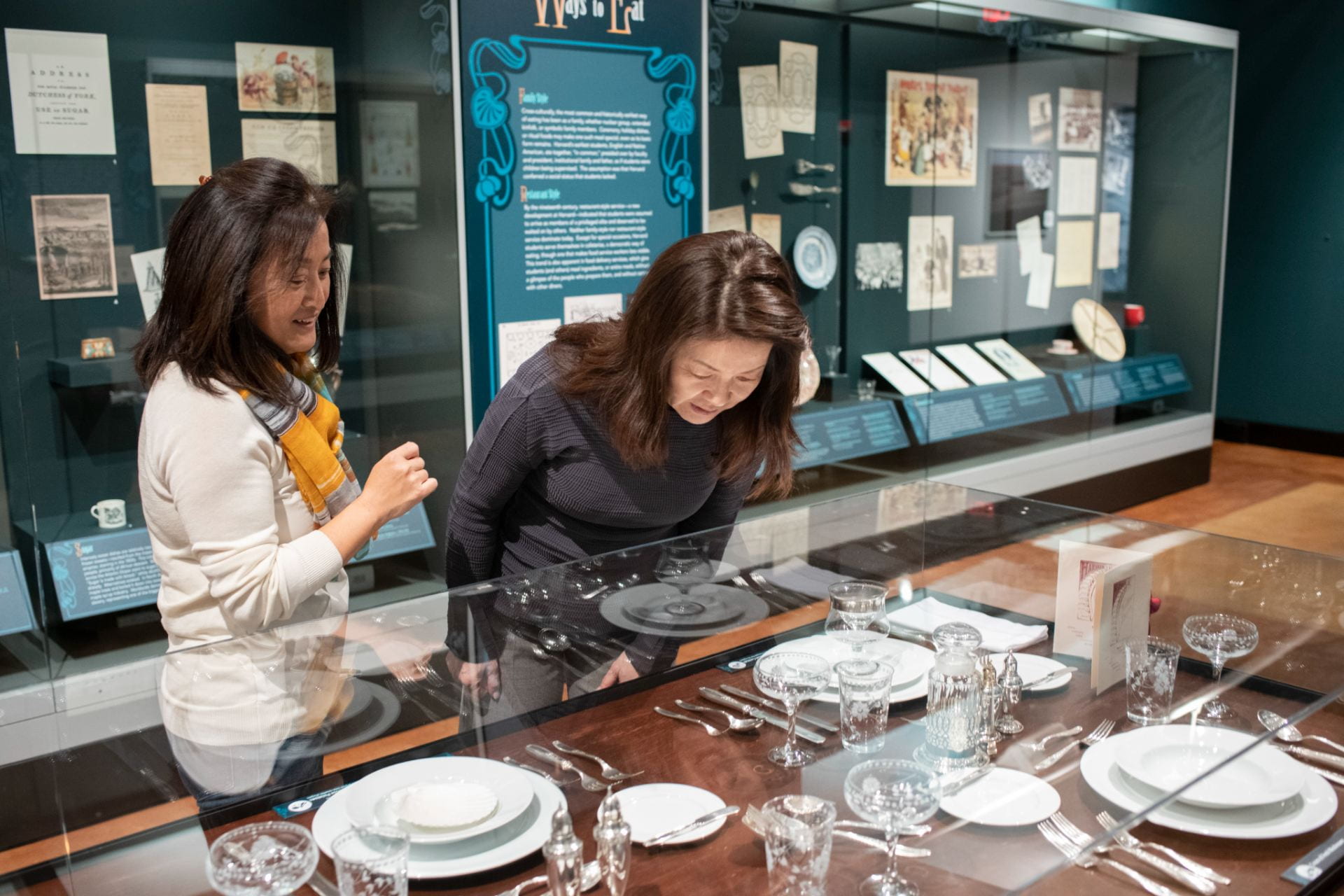Wendy Peiper, Retail Supervisor at the Shop at the Harvard Museum of Natural History, and staff from the Harvard Museums of Science & Culture have been diligently working to make the shop environment more accessible to visitors with a variety of needs. Her vision for a more integrated space is evident in the new, distinct, and welcoming environment. Stop by 9 am—5 pm, 7 days a week; no admission is required.
We heard that the shop at HMNH was recently renovated. What were your goals for this project?
The main goal of this project was to create a more welcoming and accessible experience for our visitors. The museum is located on the third floor of a 19th–century building, so we have visitors coming from two separate entrances—those using the elevator on the side of the building and those using the stairs from the first-floor entrance. We wanted to reimagine the shop space as a clear point of contact for everyone.
What is the new look and feel of the shop?
Before the redesign, the shop felt like two distinct areas—one side for kids and one side for adults. The new design is more cohesive: a single shop that is welcoming to everyone. For those coming from the elevator, it is now clear where to check in for admission, thanks to more open pathways and new signage. For those entering from the central stairwell, there is staff ready to greet and assist them.
Though we gained no square footage, the shop feels more spacious, has a natural flow, and showcases our merchandise in a new, refreshing light. The jewelry, once scattered among different cases, is now housed in four brightly lit towers, and the side walls & bookcases now have a well-thought-out, rotating selection of decorative items.
How do you and shop colleagues inform the visitor experience? How do you think that will change, same with the new reno?
We are the main point of contact for visitors in the galleries, and with the new layout, we are easier to find and approach with questions, both about the museum and the products.
What is your favorite type of question from visitors?
Any question about the history of the museum—the building, the taxidermy, and the minerals.
I don’t think it will ever get old answering the question on every visitor’s mind regarding the glass flowers: Are they really made of glass?
What are some of your favorite items in the shop, and why?
I’m fond of the assortment of glass flowers we sourced from an old factory in the Czech Republic. The collection includes models made from vintage glass rods as well as vintage pieces that were part of a collector’s stash. Their age and uniqueness complement the glass flowers nicely. Of course, I cannot resist a good stuffed animal—the more obscure, the better.
